11 tips for owning Twitter
Rule the microblogging scene with these rules
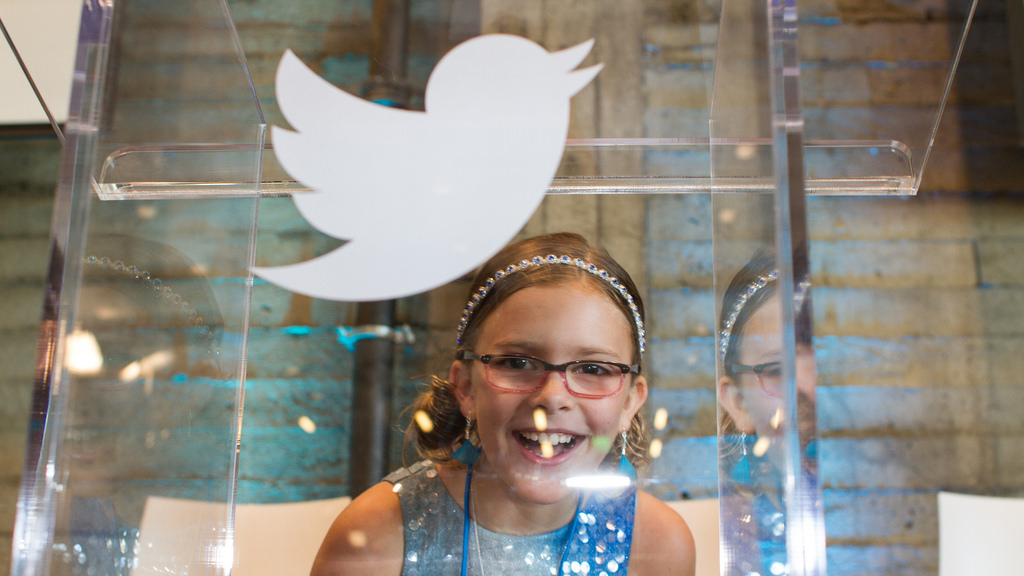
Introduction
For a social network with over 230 million users, Twitter can be surprisingly tough to get right. It's a minefield of what should I tweet? When should I tweet? How often should I tweet? Who should I follow? Who should I unfollow? Who am I allowed to talk to? How does this work? Why am I here? What is the point? Where did I leave my shoe? Has anyone got any ketchup? What time is dinner? And so on.
Whether you're just getting started or you're an old pro, we're here for you with some top tips to help you own the tweets.
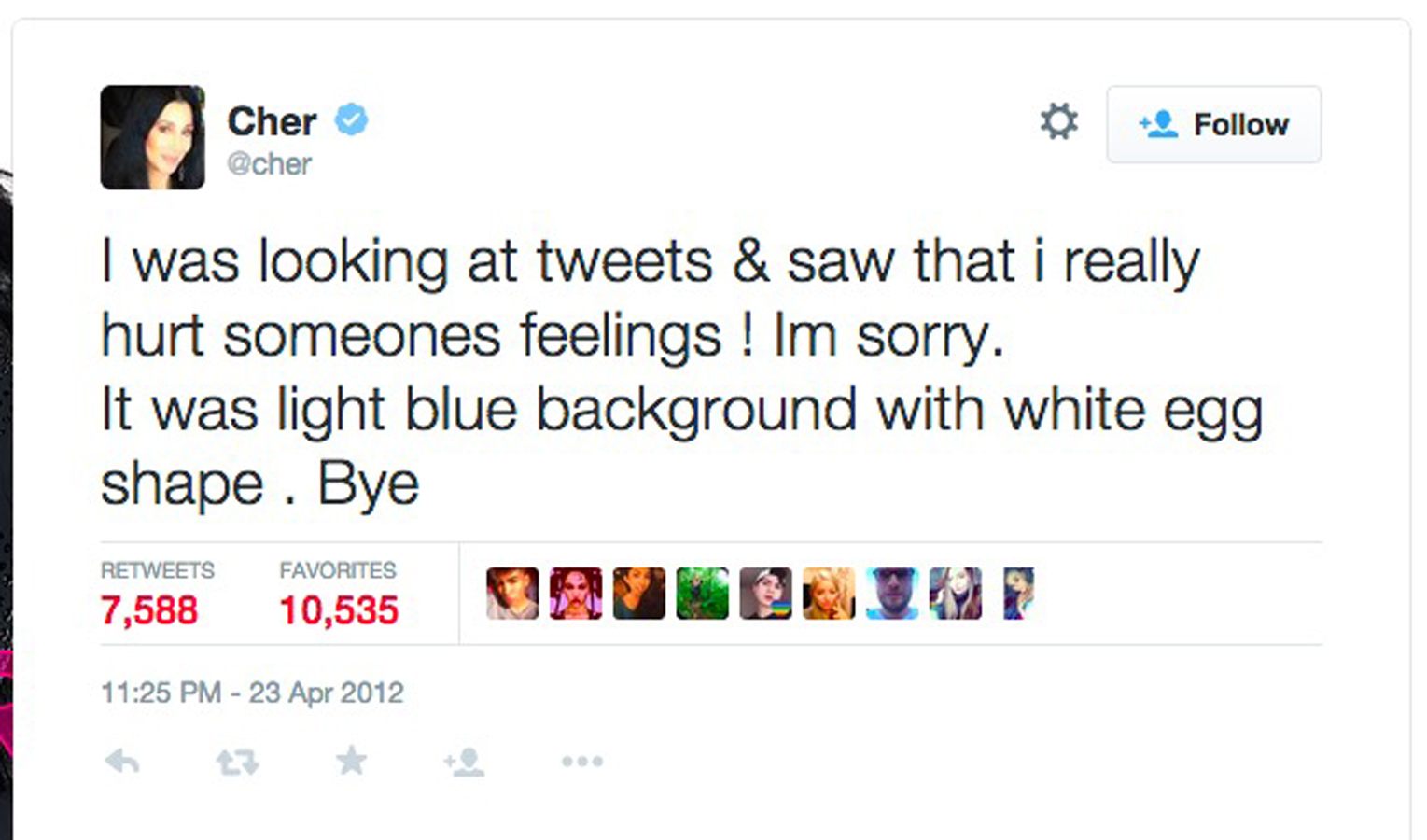
1. Set your profile up - your whole profile
Nothing screams "I HAVE NO IDEA WHAT I'M DOING" louder than leaving your avatar as an egg, so change that as soon as you set your profile up. Add a header image too, paying close attention to the minimum size requirements which are 1,500px x 500px. There's nothing worse than a fuzzy, pixelated header image. Except perhaps an egg profile picture.
Your bio should tell potential new followers enough to help them decide if you are their cup of tea, but don't try to fit your life story in there. Avoid words like "guru," "imagineer" and "evangelist" because they're all just shorthand for "wanker."
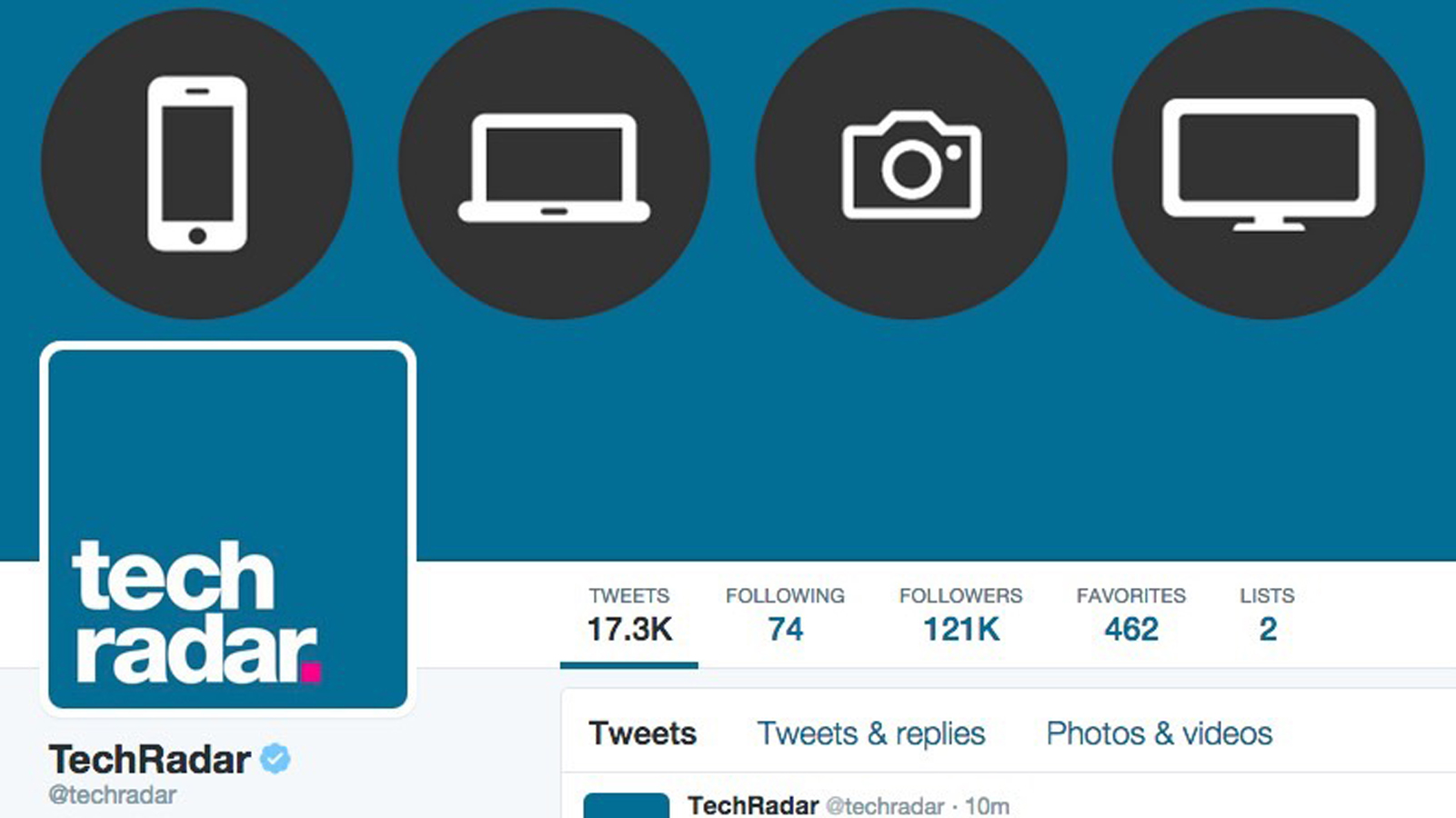
2. Get your follow ratios right
There's nothing wrong with following more people than follow you, particularly when you're getting started. But don't go too crazy. If you're following 1,326 people and only 12 people follow you, it makes your account look spammy – and how are you going to keep up with 1,326 people's tweets anyway? Be discerning in who you choose to follow and remember: following someone is not a till death do us part type of situation so if you're not enjoying someone's tweets, unfollow them.
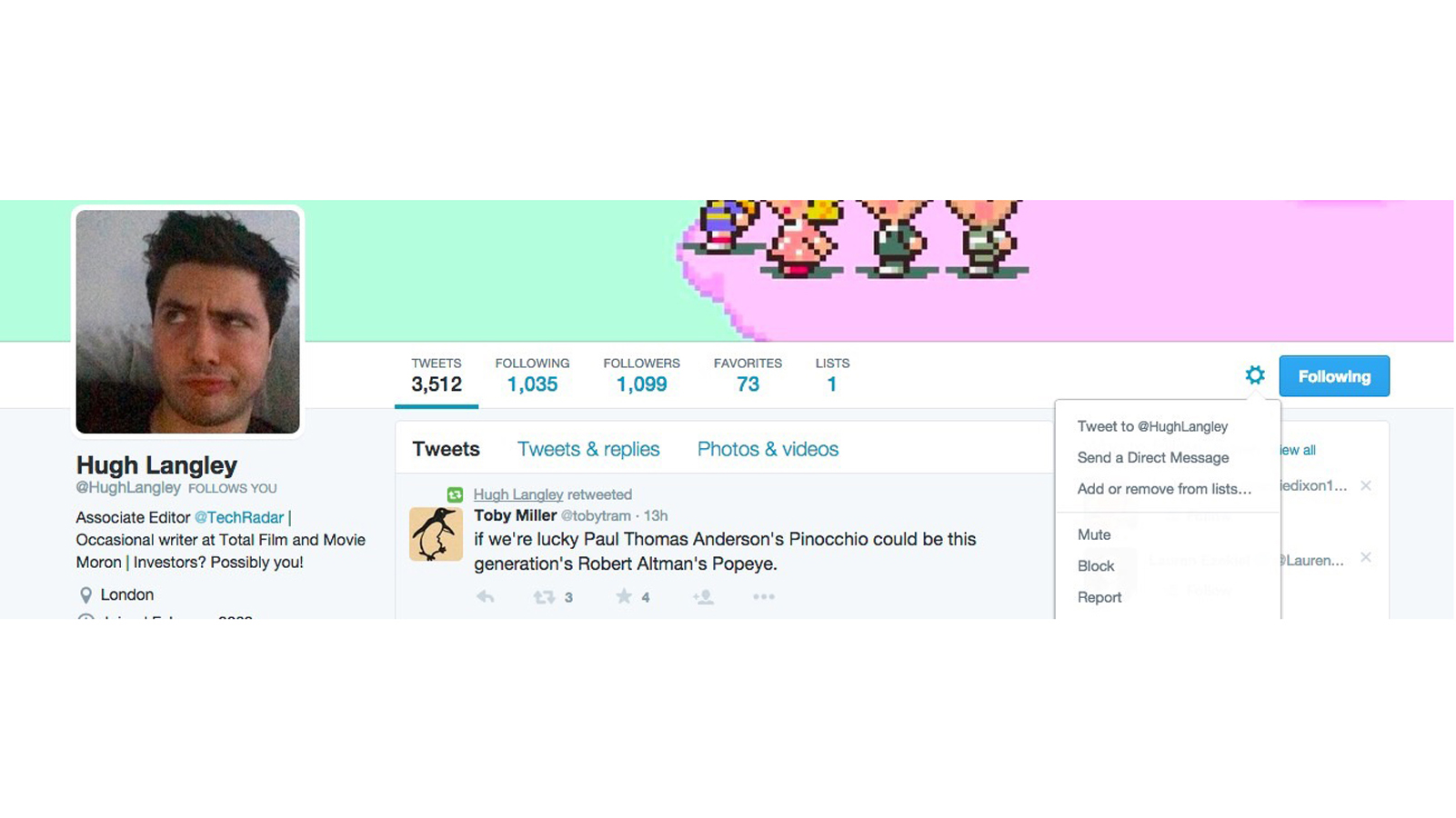
3. Mute, block and report
Because Twitter runs (to a certain extent) on a DIY moderation policy, if you spot any spam or abusive tweets you will be doing the world a solid by reporting them. You can do this one of two ways: click the ... button on the tweet in question and then "report," or you can snitch on the entire account by going to the user's profile page and hitting the settings cog, then "report."
Twitter will ask some follow up questions about what the problem is and the whole process takes no time at all. Once you're reported someone's tweets, they'll be blocked from seeing yours and their @ replies to you will no longer show up in your connect column.
If someone's annoying or harassing you but not actually doing anything bad enough to be reported, you can just block them. This stops them from being able to contact you, seeing your tweets or showing up on your timeline – it's the same process as reporting, just click "Block" instead of "Report."
If a Twitter user is just a bit boring but you know them in real life and feel weird about unfollowing them, you can mute them. It'll still look like you're following them and they'll still be able to see your tweets, but their #socialmediaconference live tweet sessions and tedious recounting of last night's dreams won't show up in your otherwise cool and zesty homepage.
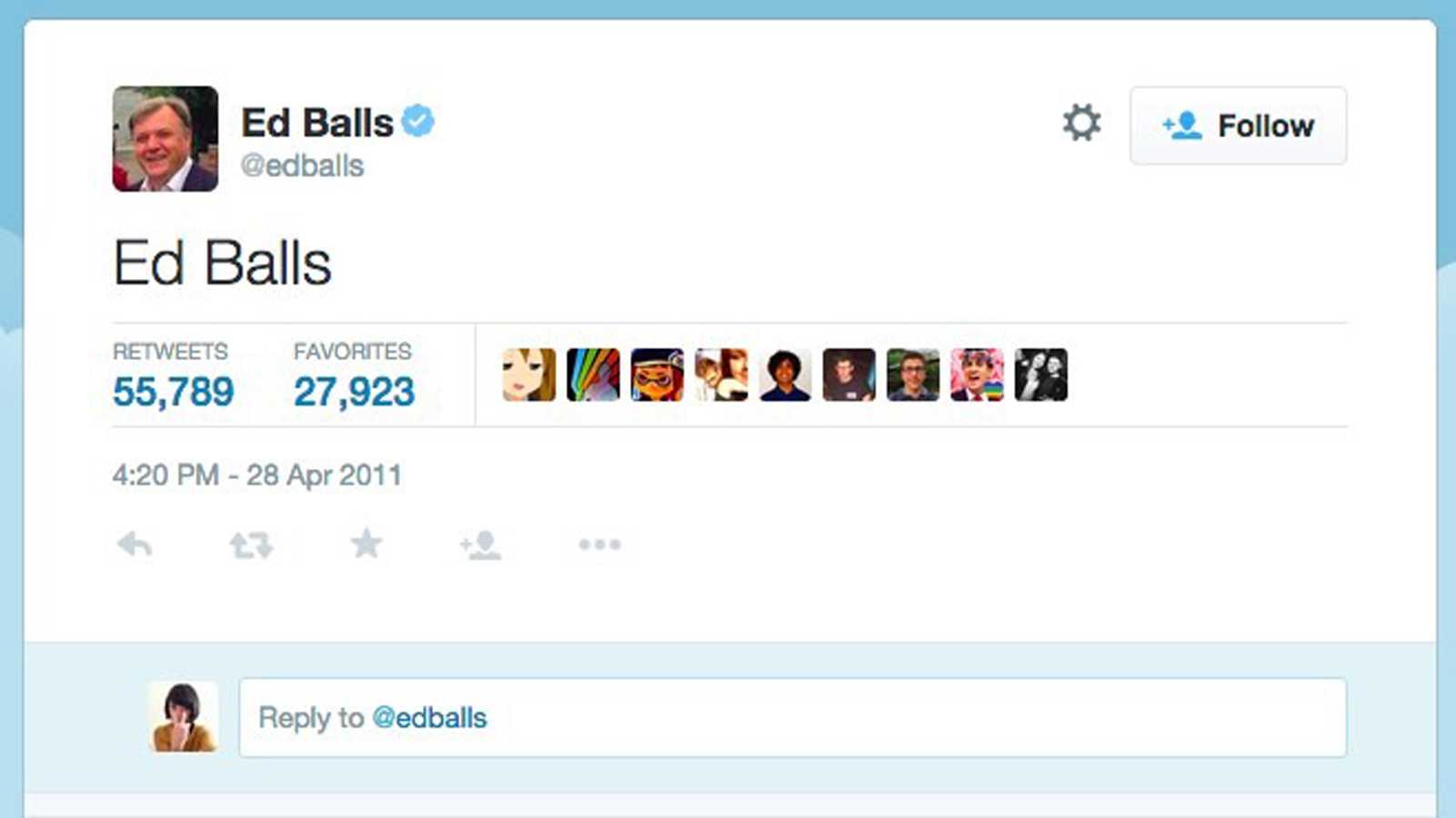
4. Don't confuse 'search' and 'tweet'
This is relatively easily done: just ask Ed Balls. On the web interface, the search box is quite close to the what's happening tweet composition box and if you're new to the Twitter game, you need to be vigilant. It's fine if you're searching something innocuous like "Rihanna" but what if you were searching one of your friends or something a little less savoury? You'd have to leave Twitter in shame. See also: getting confused between direct messaging and tweeting.
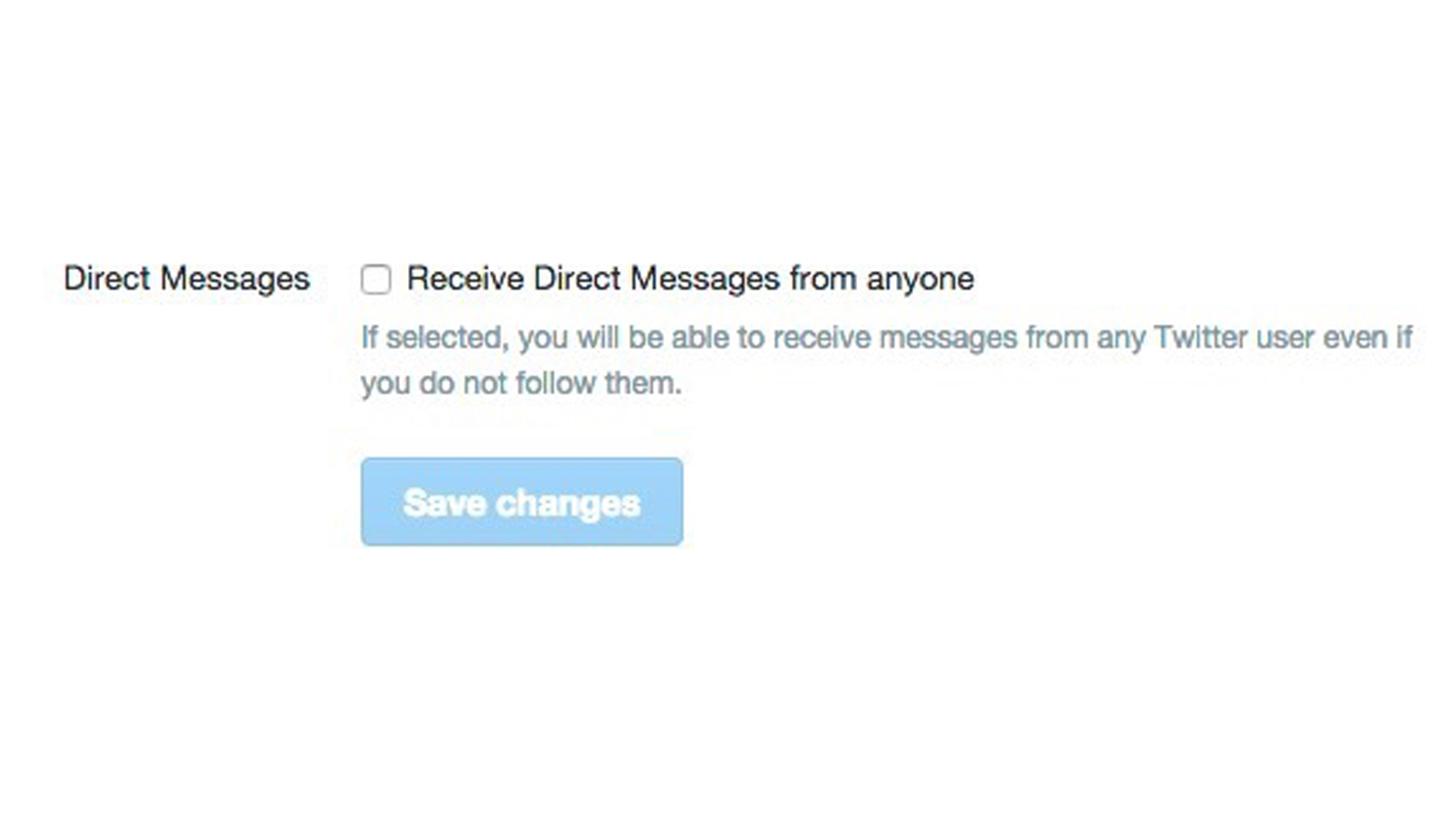
5. Open your DMs - or don't
Originally, other Twitter users could only send you a private message if you were following them, but in 2015 the company changed its policy. Now you can choose to keep your DMs closed to people who don't follow you or you can open them up so that any old Tom, Dick, Harry or Sally can get in touch privately. This could lead to you meeting the love of your life (best case scenario) or give trolls another way to get at you (worst). Decide whether you want to be available or not and go to your settings page, click "security and privacy" and scroll down to "Direct Messages."
If you're particularly worried about privacy or think you are likely to get hassle, you can lock your entire Twitter account down: this hides your tweets, favourites and follow lists from public view. People have to request permission to follow you before they can see anything you post.
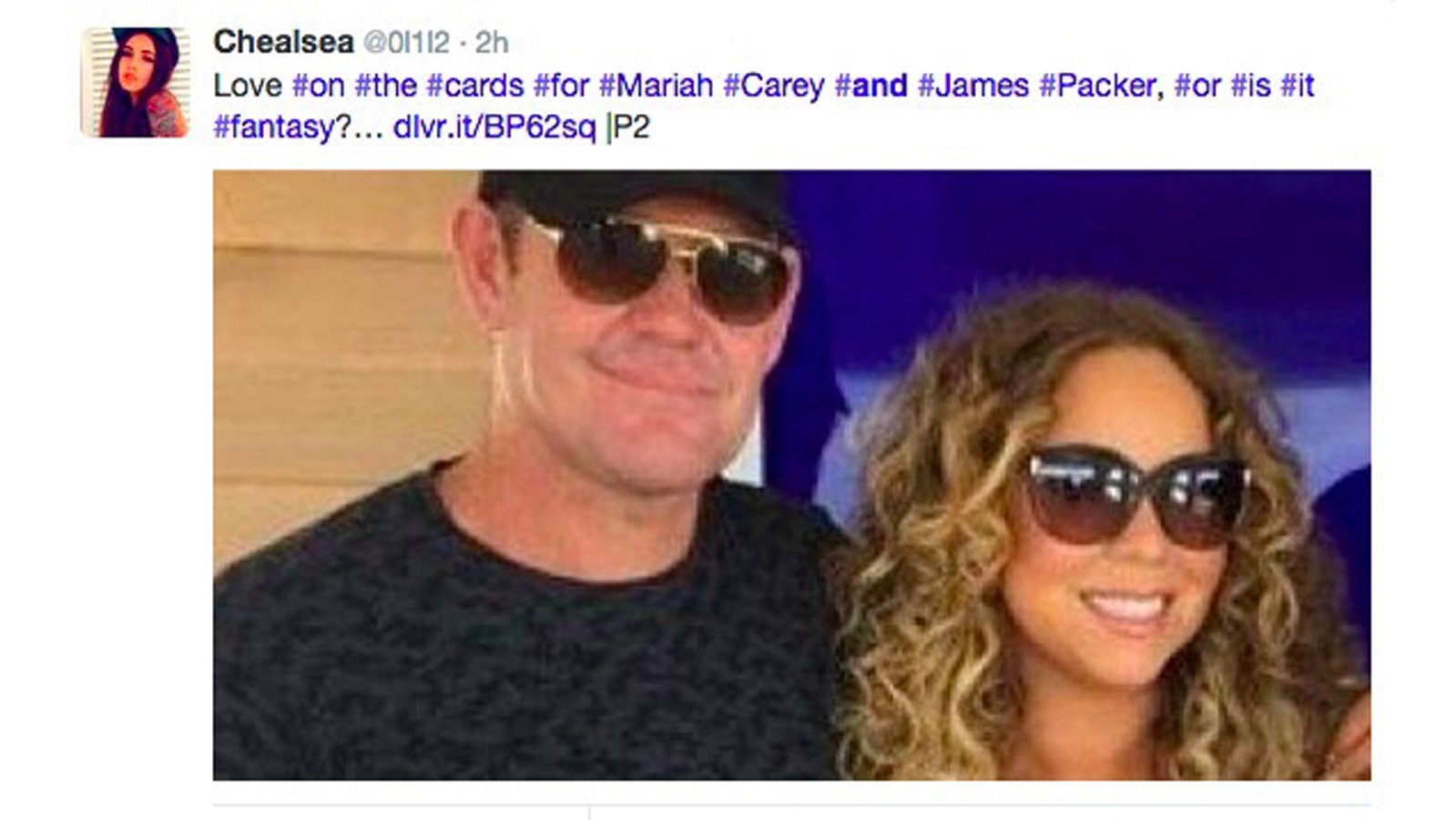
6. What the hell should I tweet?
This is going to depend entirely on you and how you are using Twitter – so look into your heart and you'll find your answer there. Some people use it to chat to friends, others use it to share links to interesting internet content like this. Some people just use it to try to get Harry Styles to fall in love with them.
Even if you're using it predominantly for work, try to keep your tone informal and don't go too crazy with the hashtags #because #hashtagging #every #word #is #pointless and also really annoying. Replying to celebrities and people you don't know is fine, but try not to become obsessed with getting Harry Styles to follow you because that's going to get real frustrating, real fast.
Some things to avoid: humble brags, overshares, elusive updates, reposting something and adding "This" or "Just sayin." Going somewhere, then tweeting "[Place I am in], I am in you." Passive aggressive subtweeting (an untagged tweet that is clearly directed at a specific person – which I personally am in favour of but the rest of Twitter seems less convinced).
Sometimes people forget about basic human decency when hidden behind a screen and a 140 character limit. A good rule of thumb is: would you say this to someone's face? If not, don't tag them into it. Maybe think about not saying it at all.
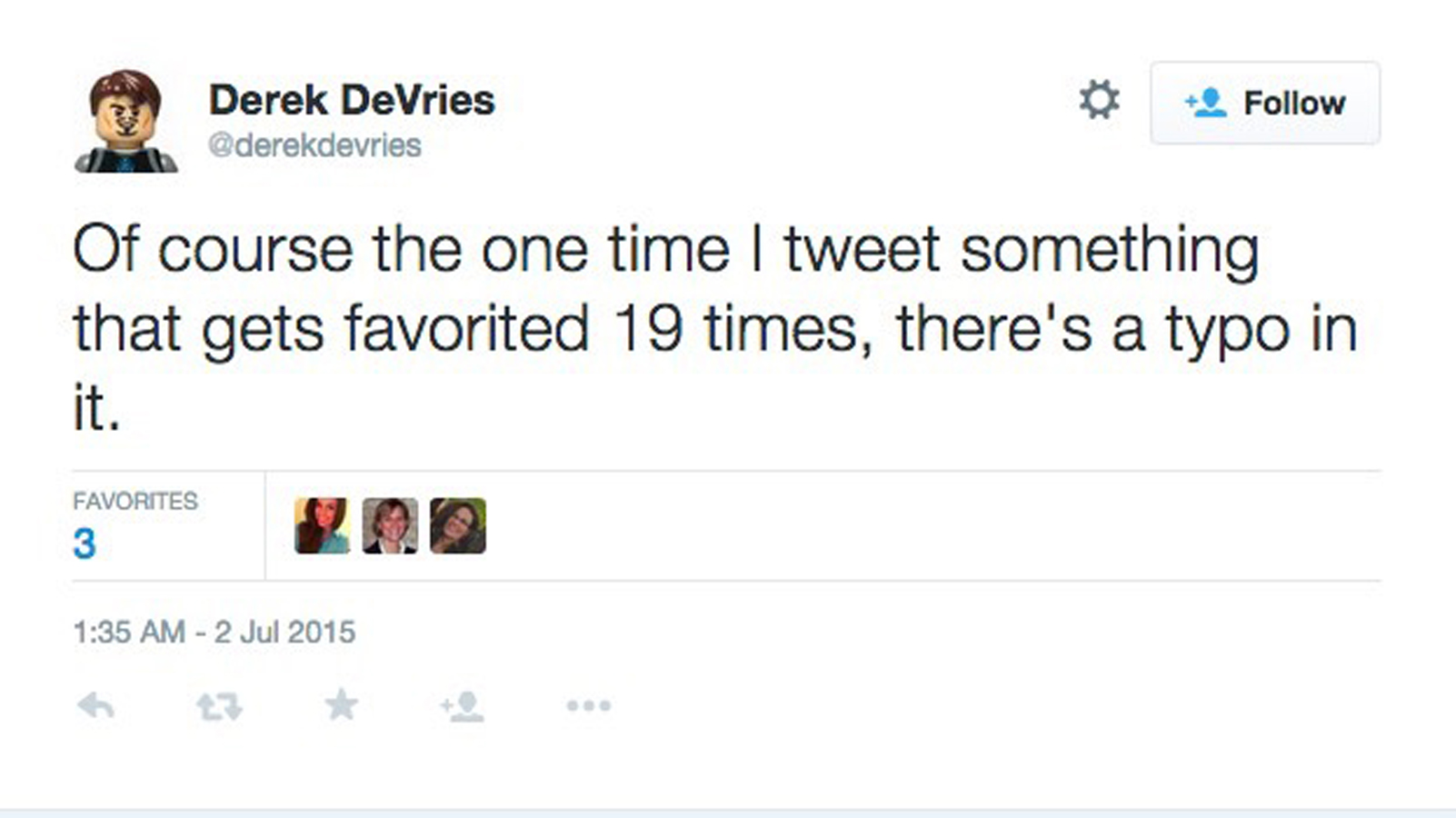
7. Think before you tweet
YOU CANNOT EDIT TWEETS. That annoying typo in your funniest ever tweet? There forever. That incorrect information past you posted as fact and got retweeted 400 times? Not going anywhere. That opinion you held stridently at the moment you hit Tweet that two seconds later you decided was perhaps a bit strong? Staying in the hearts and minds of any followers who saw it before you deleted it. Write your tweet. Read it. Read it again. Then post it.
Some people will advise you against drunk tweeting. I'm not one of them, I love it when people drunk tweet. You tomorrow might be less thrilled with the situation though, so bear that in mind.
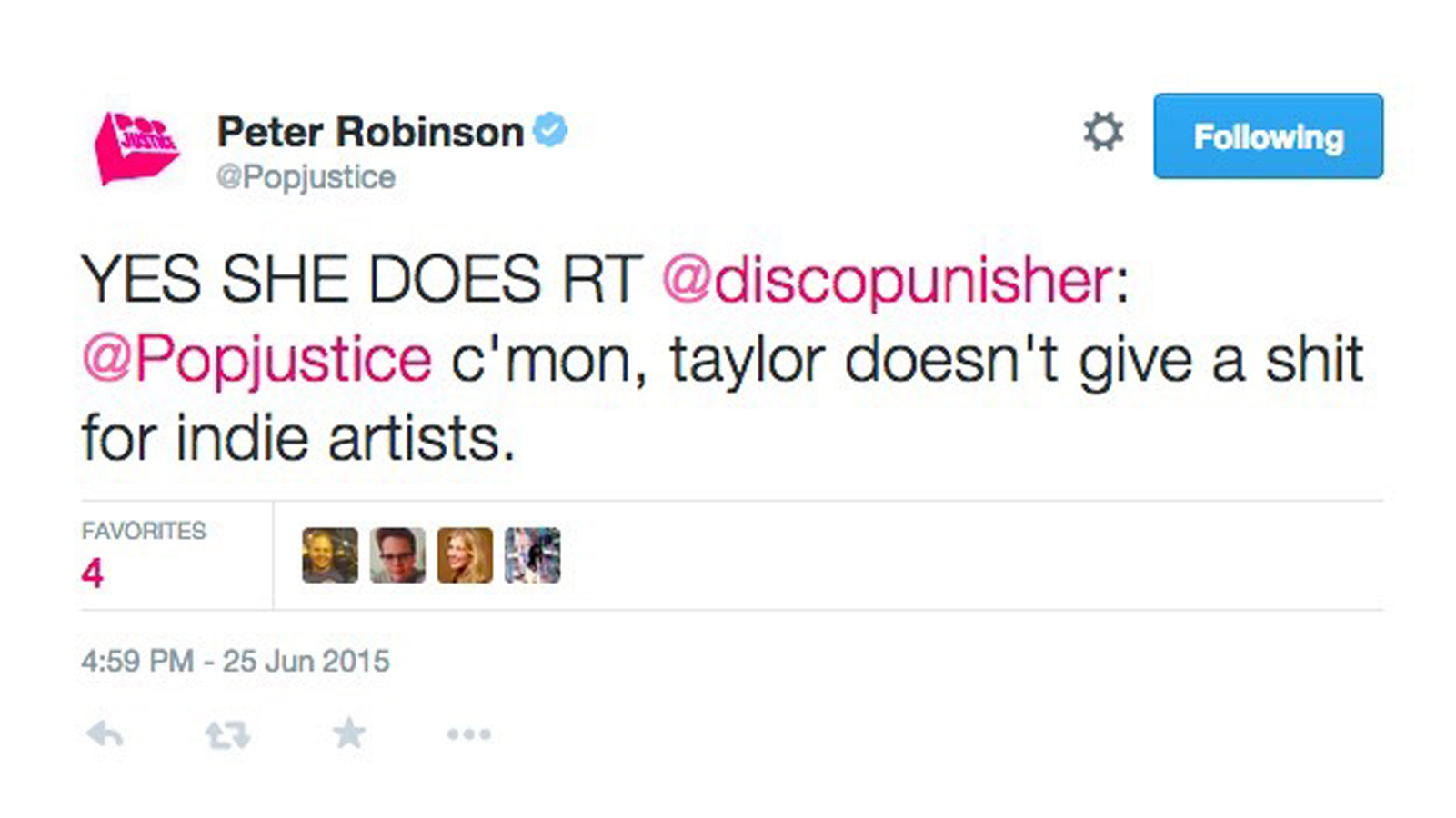
8. Retweeting, re-retweeting and stealing
Retweeting is an etiquette minefield. Let's break down the options:
- Retweeting using the RT button: "I want more people to see this great/terrible tweet"
- Retweeting using the RT button and adding a comment: "I have something to say about this tweet but the original poster should retain all credit and social cache."
- Manually retweeting: "I want to take credit for this tweet I did not post."
- Via-ing a tweet: "I wish I had come up with this first and I am going to change it slightly to make it seem like perhaps I did while still feeling like I am safe from accusations of theft because I have credited the original poster."
- Stealing a tweet: "I am the relatively harmless yet deeply annoying scum floating on the surface of the internet with no original thoughts of my own to share."
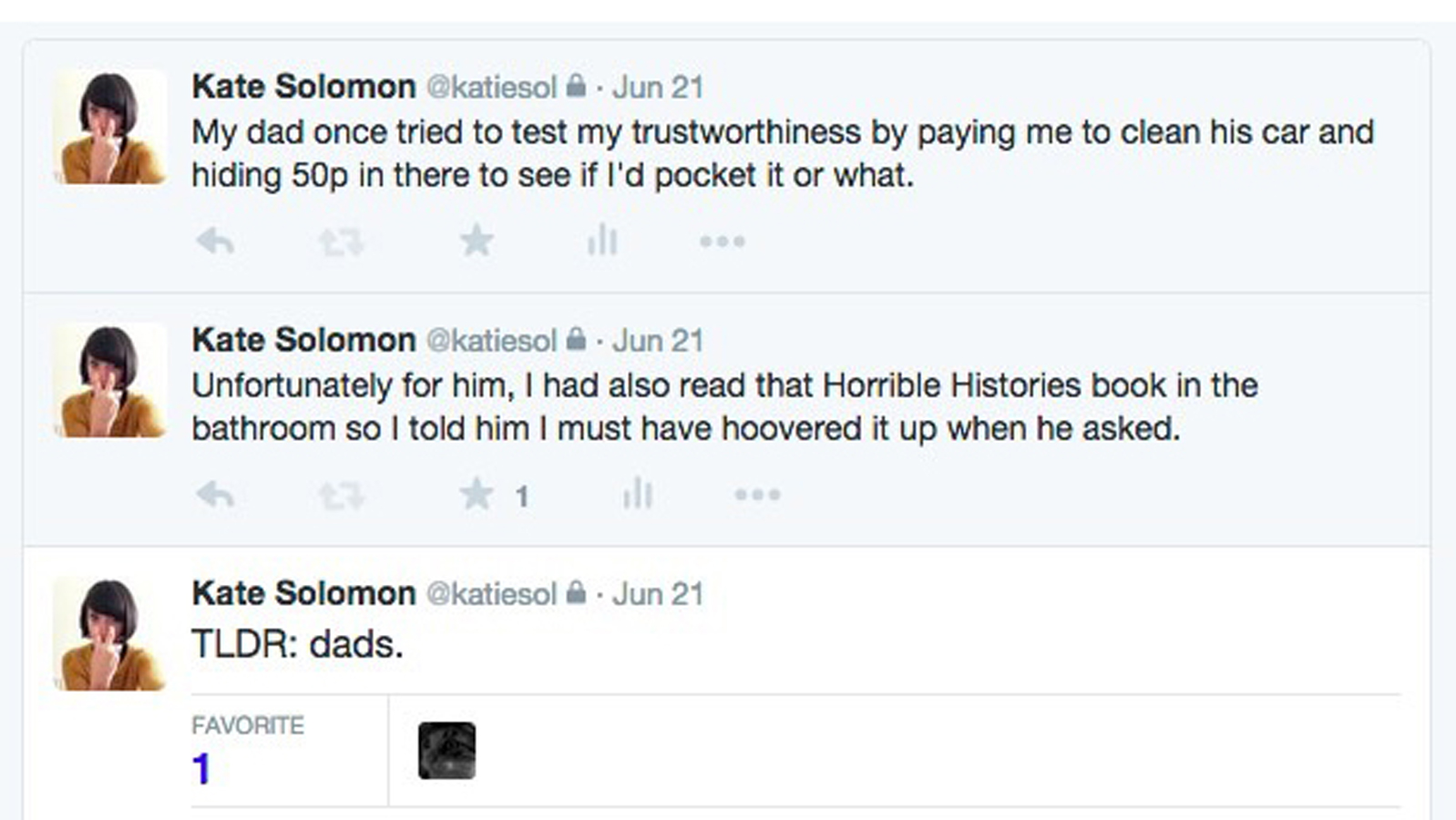
9. What if I need more than 140 characters?
If you have an essay's worth of things to say, consider writing a blog post or grabbing a megaphone and heading down to Oxford Circus. If you have a few connected thoughts you can reply to your own tweet and delete the @[yourname] bit - they'll show up as linked and in chronological order in your followers' timelines. You can also use this technique to "surface" an old tweet that you feel is relevant again or didn't get enough faves the first time round. Doing this occasionally is fine but let's not go crazy – you're not Jay Z (unless you are Jay Z, in which case fill your boots, man).
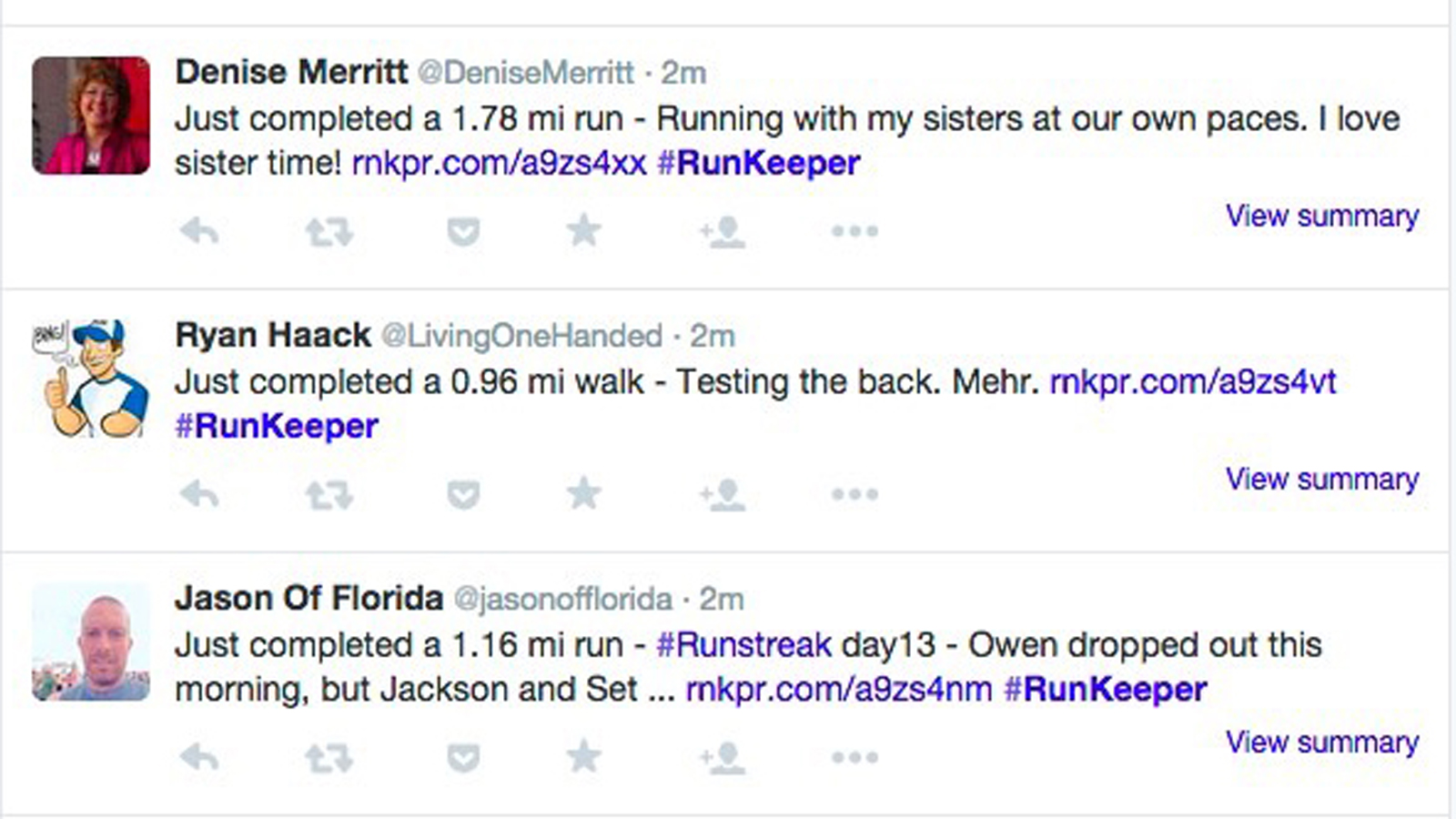
10. Auto tweeting is the devil's work
Thanks for following! Today's paper.li is out and I just completed a 7.2km run while listening to my top Last.fm artists.
Turn them off. Turn them all off. Seriously, turn them off.
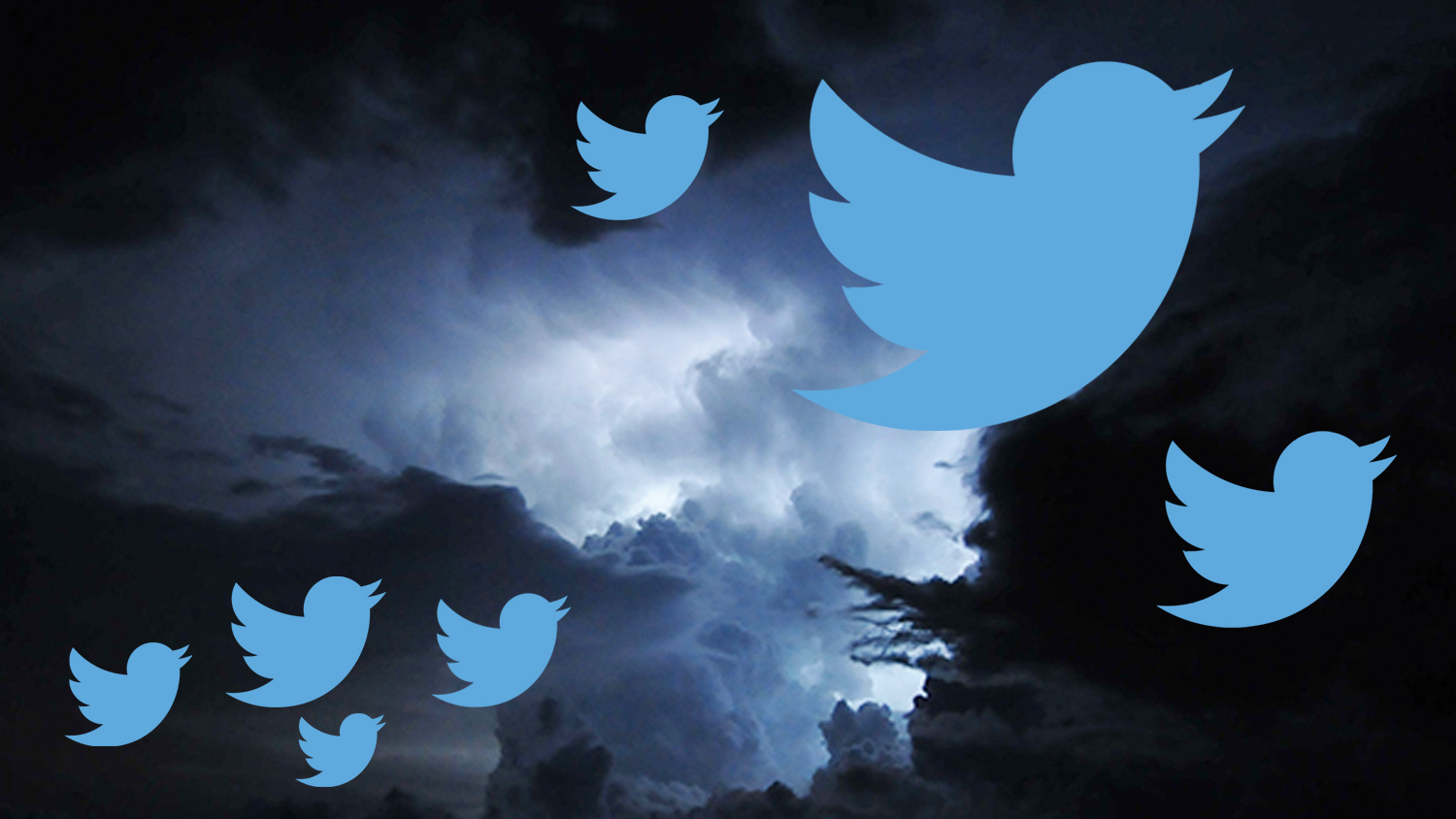
11. Don't be a dick
Sound advice for Twitter, the internet in general, and life.
Former UK News Editor for TechRadar, it was a perpetual challenge among the TechRadar staff to send Kate (Twitter, Google+) a link to something interesting on the internet that she hasn't already seen. As TechRadar's News Editor (UK), she was constantly on the hunt for top news and intriguing stories to feed your gadget lust. Kate now enjoys life as a renowned music critic – her words can be found in the i Paper, Guardian, GQ, Metro, Evening Standard and Time Out, and she's also the author of 'Amy Winehouse', a biography of the soul star.